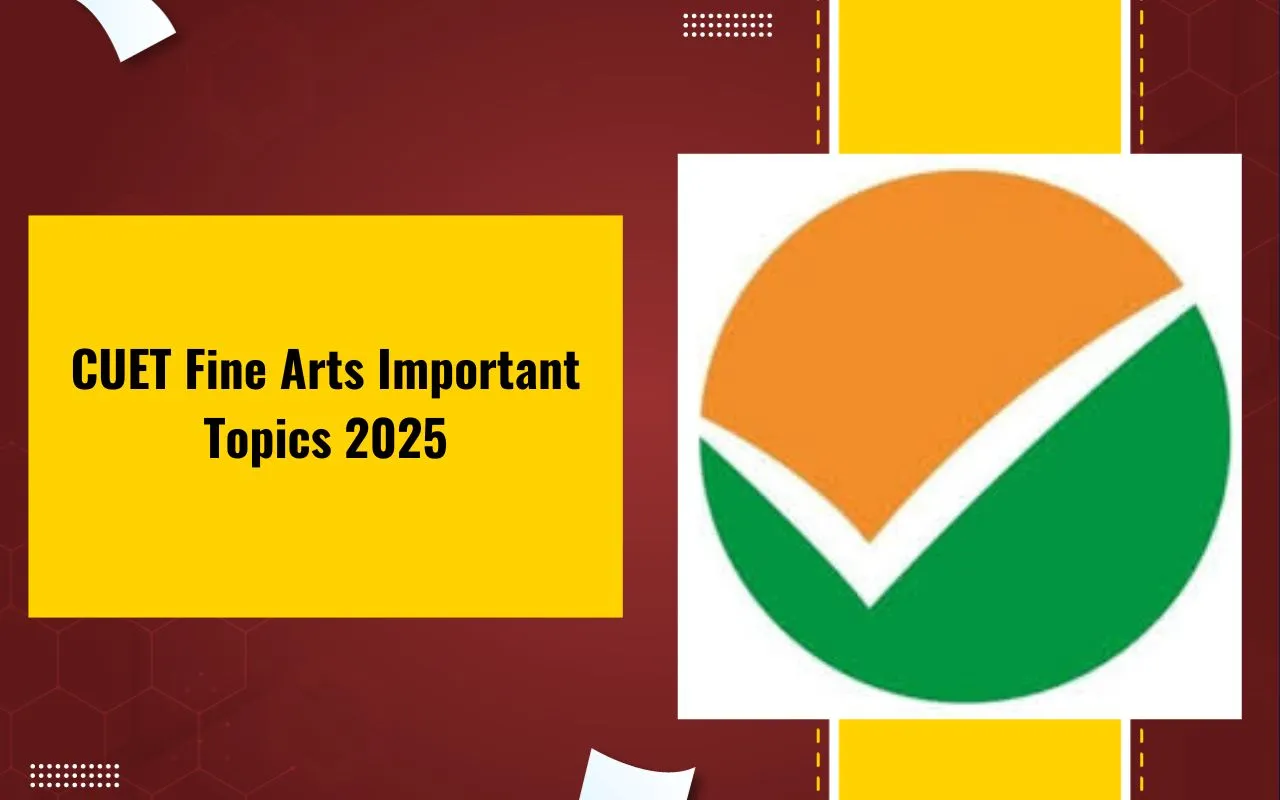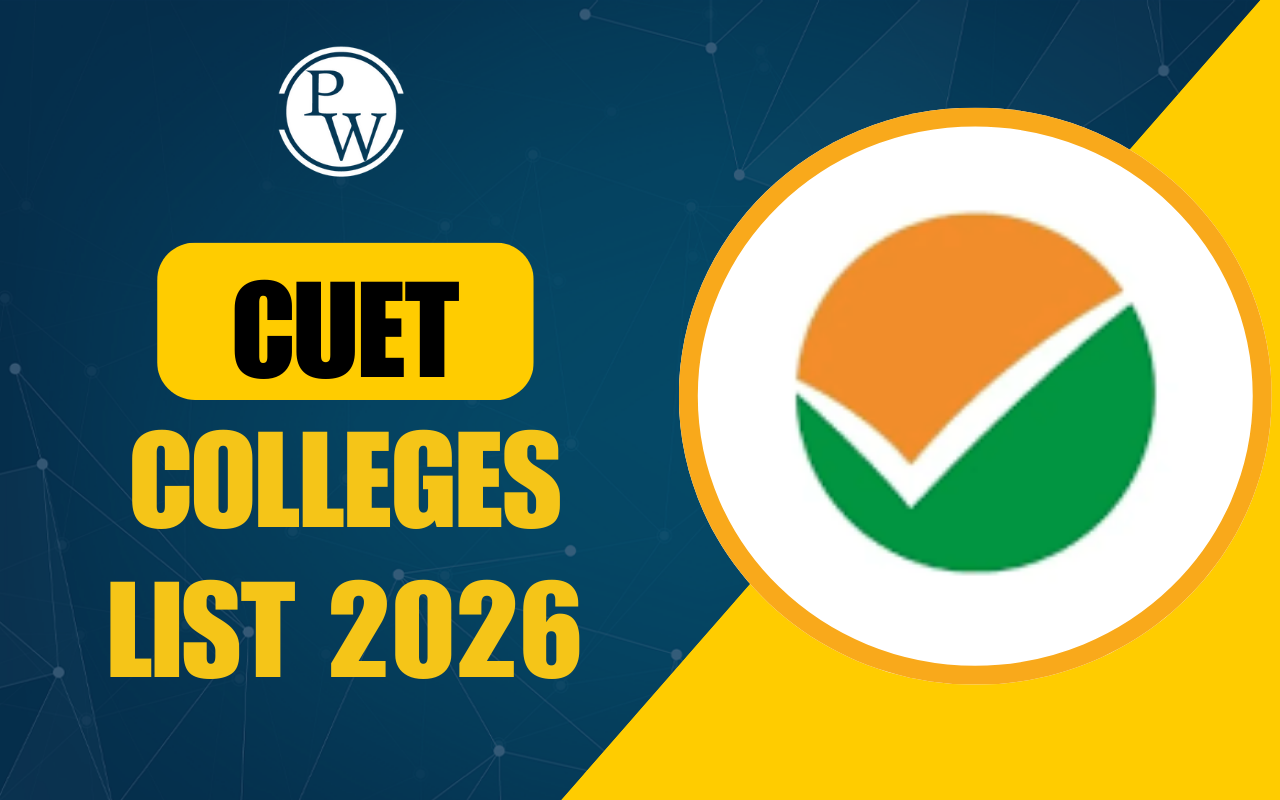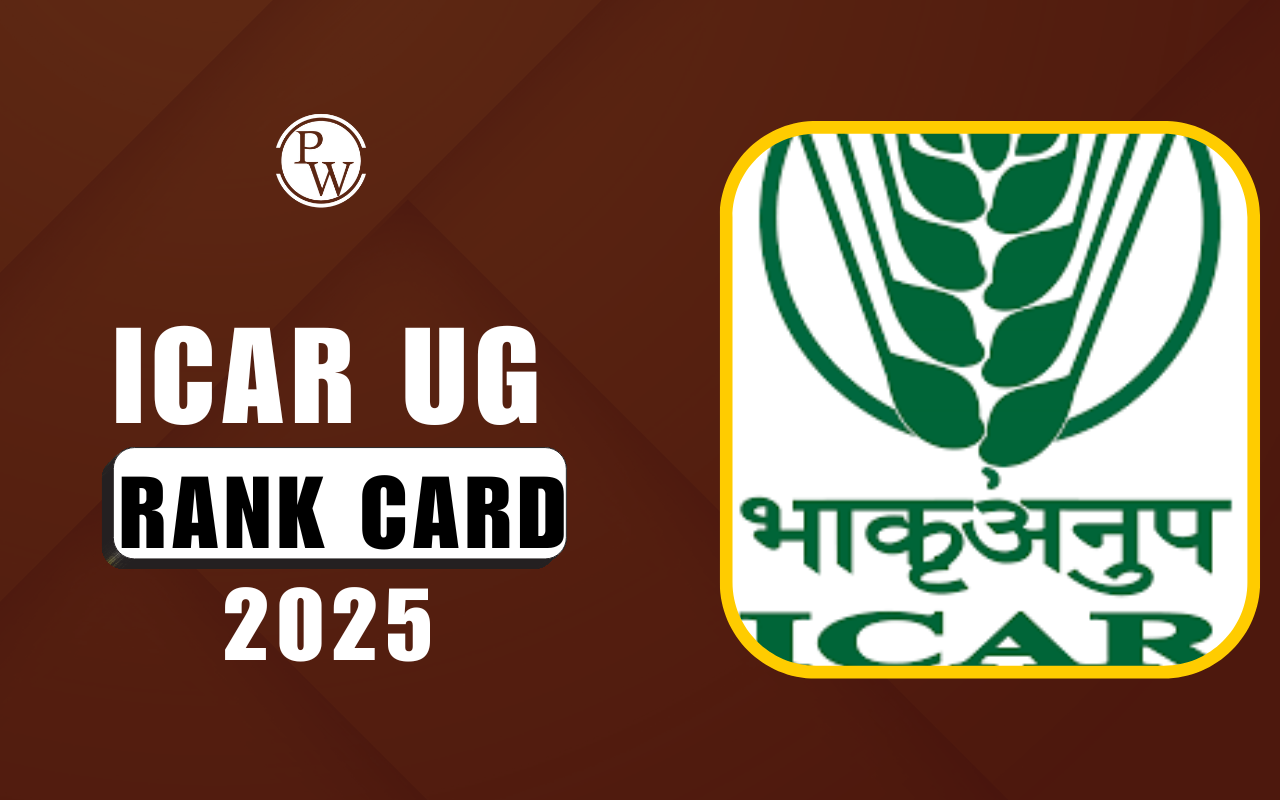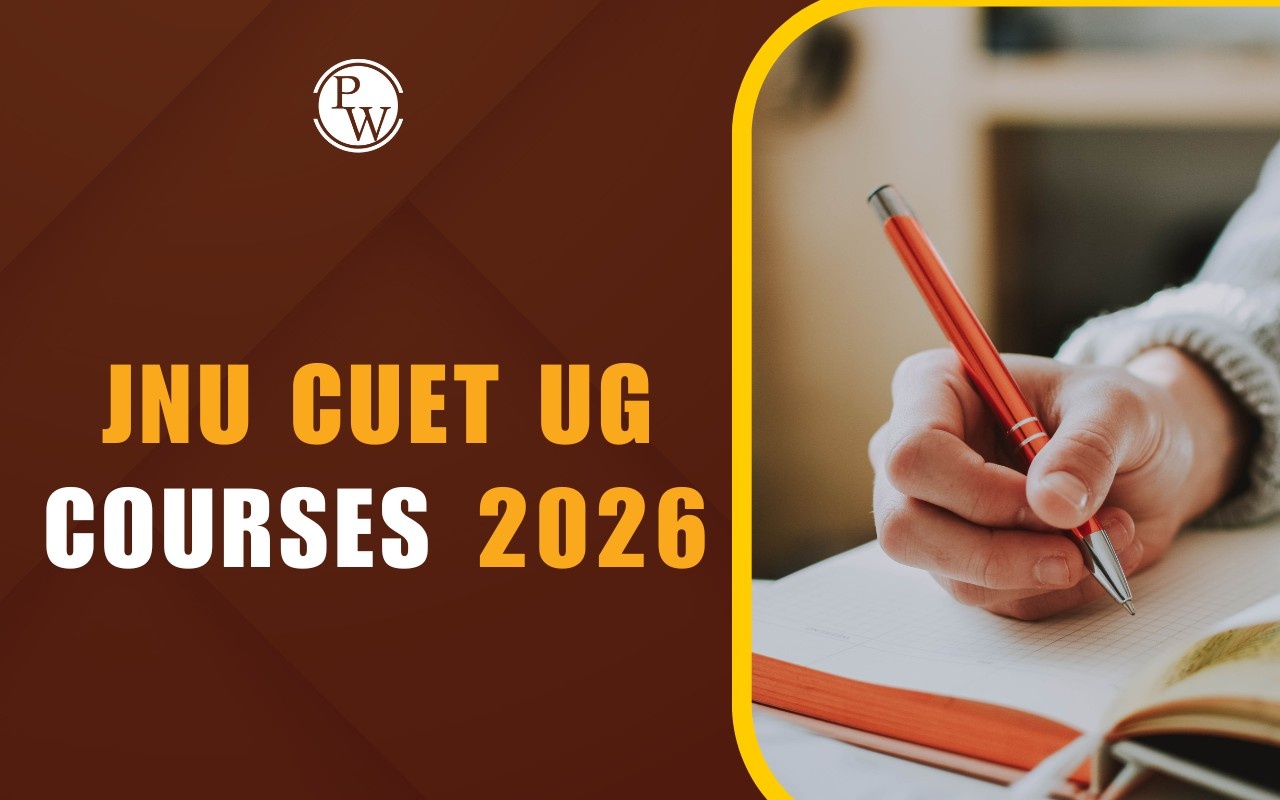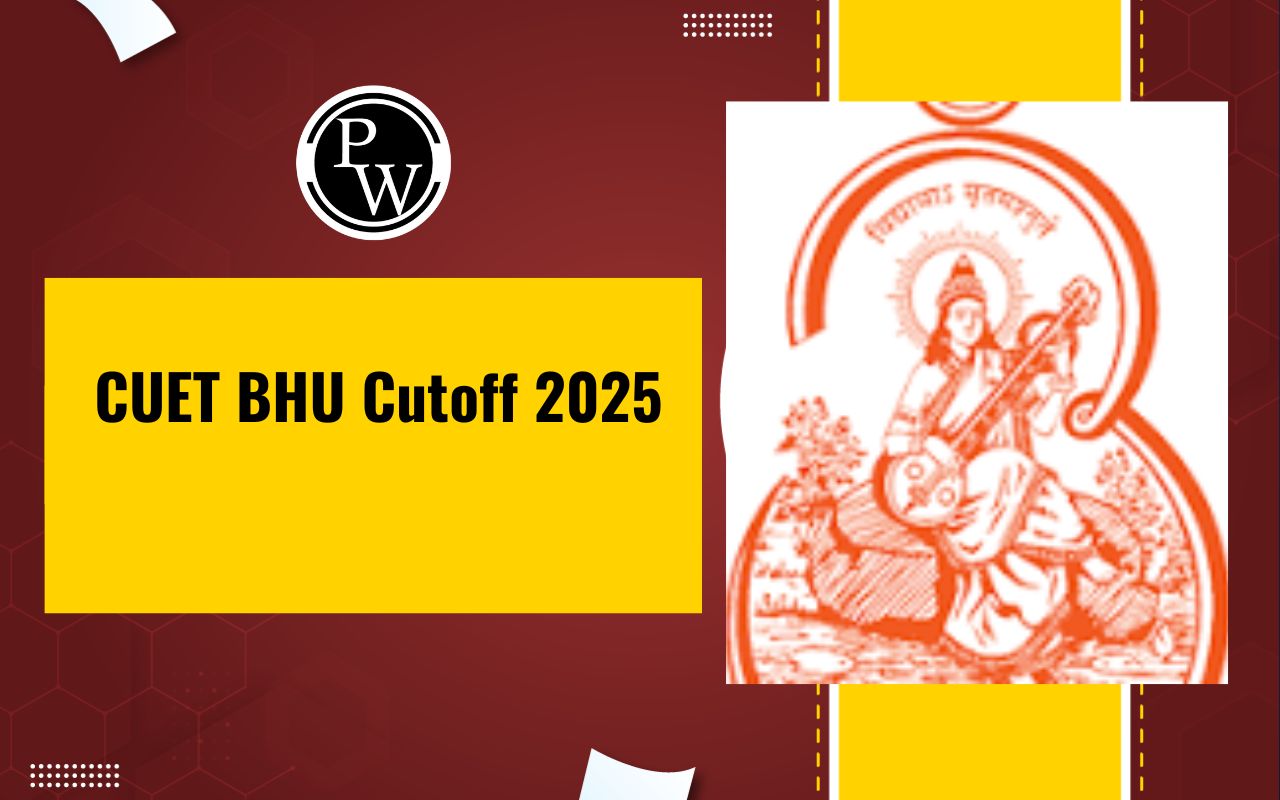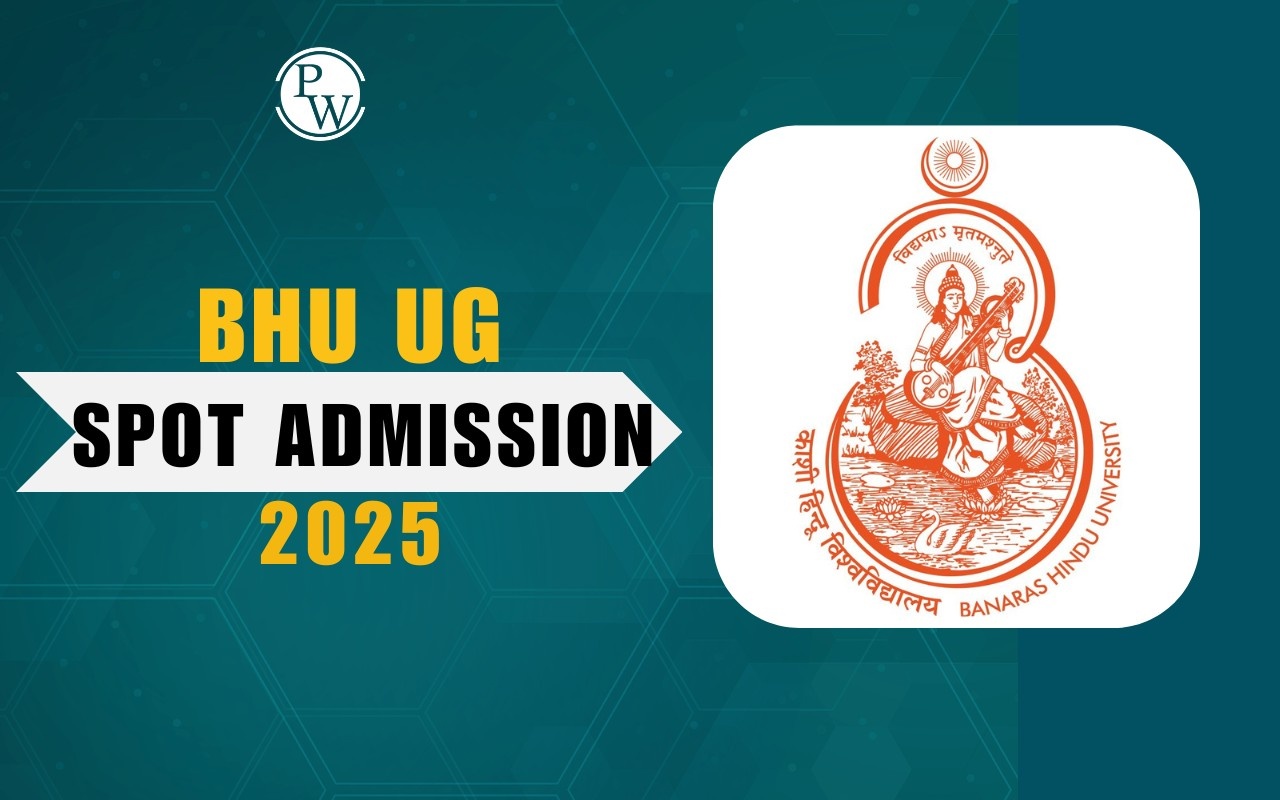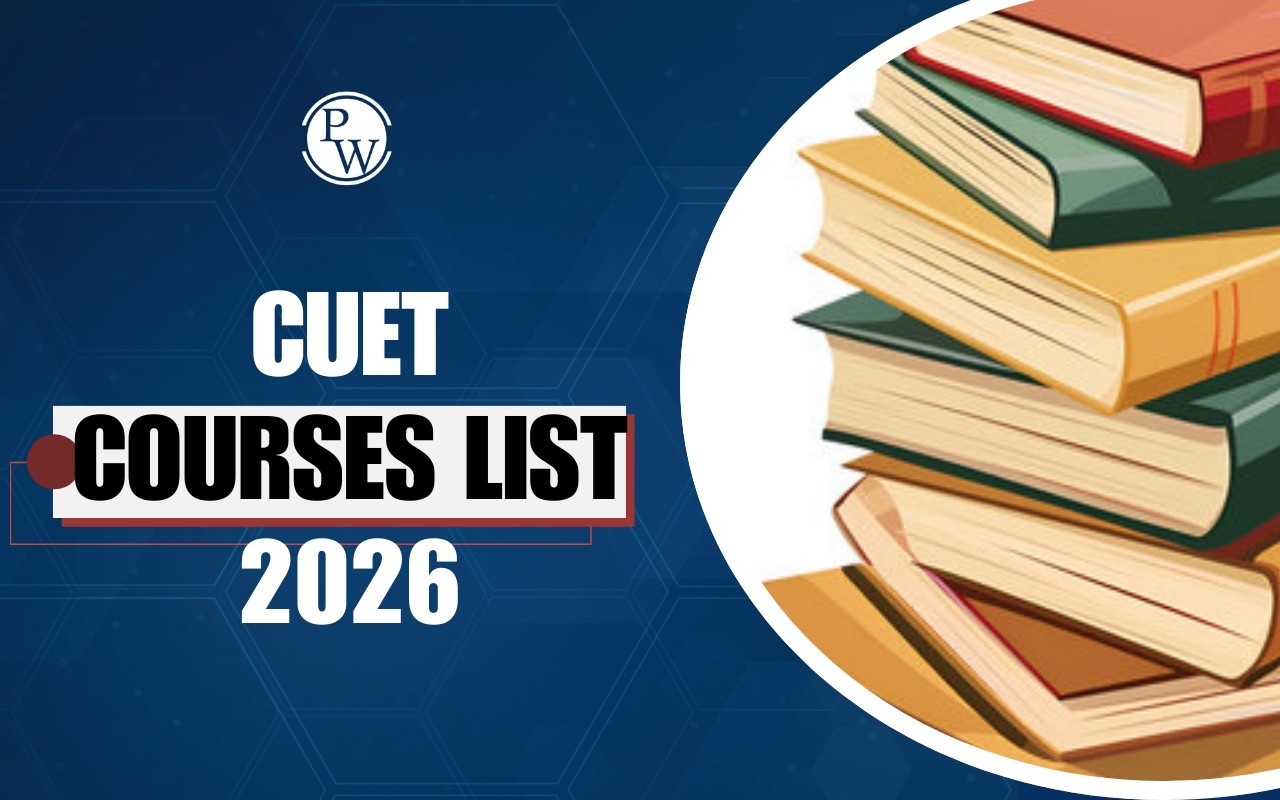
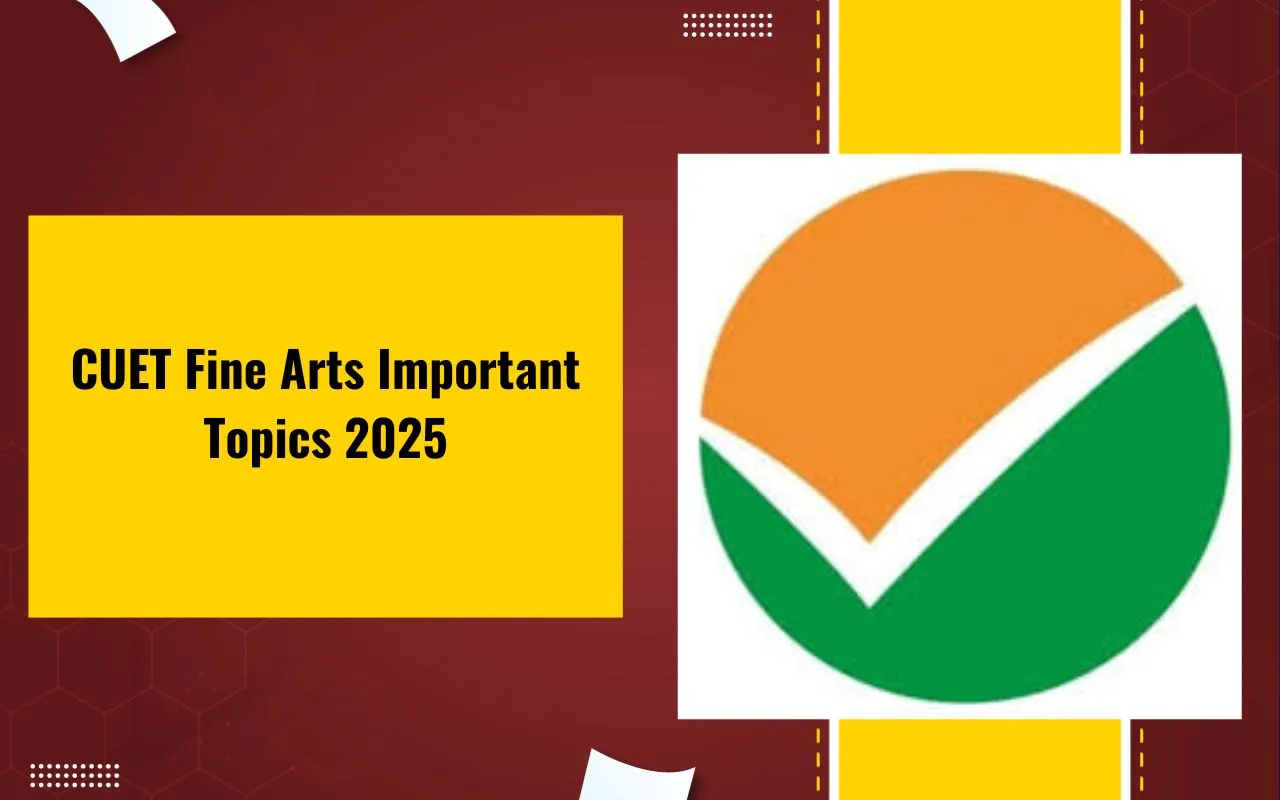
CUET Fine Arts Important Topics 2025: The Common University Entrance Test (CUET) 2025 is an important examination for students aspiring to pursue undergraduate programs in various disciplines, including Fine Arts. Understanding the CUET Fine Arts syllabus, its important topics, and their weightage can significantly enhance preparation and boost exam performance. This article provides a detailed breakdown of the CUET Fine Arts 2025 syllabus, essential topics, expected question weightage, and effective preparation strategies to help students to perform well in the examination.
CUET Fine Arts 2025 Overview
The Common University Entrance Test (CUET) Fine Arts 2025 is a national-level cuet exam conducted for students aspiring to pursue Fine Arts courses at central and other participating universities. The exam assesses candidates' knowledge of art history, techniques, famous artists, and various artistic styles. Below is a brief overview of the CUET Fine Arts 2025 exam:
| CUET Fine Arts 2025 Overview | |
|
Feature |
Details |
|
Exam Name |
CUET Fine Arts 2025 |
|
Conducting Body |
National Testing Agency (NTA) |
|
Exam Level |
Undergraduate |
|
Mode of Exam |
Computer-Based Test (CBT) |
|
Subjects Covered |
Art History, Indian & Western Art, Elements of Art, Techniques, Important Artists |
|
Type of Questions |
Multiple Choice Questions (MCQs) |
|
Total Questions |
50 (All compulsory) |
|
Maximum Marks |
250 |
|
Duration |
60 minutes |
|
Marking Scheme |
+5 for correct answer, -1 for incorrect answer |
|
Participating Universities |
Central, State, and Private Universities |
CUET Fine Arts Syllabus 2025 : Unit-Wise Breakdown
The CUET Fine Arts syllabus is divided into four major units:
Unit 1: The Rajasthani and Pahari Schools of Miniature Painting (16th to 19th Century A.D.)
Introduction to Indian Miniature Schools
-
Western-Indian
-
Pala
-
Rajasthani
-
Mughal
-
Central Indian
-
Deccan
-
Pahari
(A) The Rajasthani Schools
Origin and Development
-
Evolution of schools like Mewar, Bundi, Bikaner, Kishangarh, and Jaipur
-
Main features of Rajasthani paintings
Important Rajasthani Paintings
|
Painting |
School |
Painter (if known) |
|
A Folio from Ramayana (Sahibdin) |
Mewar |
Sahibdin |
|
One Court Scene / Hunting Scene |
Mewar |
Jagat Singh II |
|
One Folio from Ragamala or Rasikapriya |
Bundi |
- |
|
Hunting Scene in a Forest |
Kotah |
- |
|
Radha (Bani-Thani) |
Kishangarh |
Nihal Chand |
|
Pabuji Ki Phad (Folk Scroll Painting) |
Bhilwara |
- |
|
Maru-Ragini |
Mewar |
- |
|
Raja Aniruddha Singh Hara |
Bundi |
- |
|
Chaugan Players |
Jodhpur |
- |
|
Krishna on Swing |
Bikaner |
- |
|
Bharat Meets Rama at Chitrakuta |
Jaipur |
- |
(B) The Pahari Schools
Origin and Development
-
Schools of Basohli, Guler, and Kangra
-
Main features of Pahari paintings
Important Pahari Paintings
|
Painting |
School |
Painter (if known) |
|
One Folio from Ramayana |
Basohli (Sangri) |
- |
|
One Folio from Gita Govinda of Jaideva |
Guler |
Manaku |
|
Krishna Lila or Bhagavata Purana Sukh |
Kangra |
Nainsukh |
|
Nayaka Nayika / Baramasa / Ragamala |
Guler / Kangra |
- |
|
Krishna with Gopis |
Basohli |
- |
|
Nand, Yashoda, and Krishna Going to Vrindavana |
Kangra |
- |
Unit 2 : The Mughal and Deccani Schools of Miniature Painting (16th to 19th Century A.D.)
(A) The Mughal School
Origin and Development
-
Growth of Mughal Art under Akbar, Jahangir, Shah Jahan, and later rulers
-
Main characteristics of Mughal paintings
Important Mughal Paintings
|
Painting |
Painter |
School |
|
A Folio from Akbar Namah |
Basawan |
Akbar |
|
Babur Crossing the River Sone |
Jagannath |
Akbar |
|
Krishna Lifting Mount Govardhana |
Miskin |
Akbar |
|
Birth of Salim |
Ramdas |
Akbar |
|
Jahangir Holding the Picture |
Abul Hassan |
Jahangir |
|
Falcon on Bird-Rest |
Ustad Mansoor |
Jahangir |
|
Kabir and Raidas |
Ustad Faquirullah Khan |
Shah Jahan |
|
Marriage Procession of Dara Shikoh |
Haji Madni |
Provincial |
(B) The Deccani School
Origin and Development
-
Characteristics of Bijapur, Ahmednagar, Golconda, and Hyderabad styles
Important Deccani Paintings
|
Painting |
School |
|
Ibrahim Adil Shah II of Bijapur |
Bijapur |
|
Raga Hindola |
Ahmednagar |
|
Ragini Pat-hamsika |
Ahmednagar |
|
Hazrat Nizamuddin Auliya and Amir Khusro |
Hyderabad |
|
Chand Bibi Playing Polo (Chaugan) |
Golconda |
Unit 3: The Bengal School and Cultural Nationalism
Introduction to Modern Indian Art
-
Nationalist art movements
-
Influence of Western techniques and Indian themes
Important Bengal School Paintings
|
Painting |
Painter |
|
Rama Vanquishing the Pride of the Ocean |
Raja Ravi Varma |
|
Journey’s End |
Nandlal Bose |
|
Parthasarthi |
M.A.R. Chughtai |
|
Ghalib’s Poetry Painting |
Gaganendranath Tagore |
|
Select a Cubistic Painting |
Jamini Roy |
|
Mother and Child |
Rabindranath Tagore |
|
Female Face |
Amrita Sher-Gil |
|
Hill Women |
Nandlal Bose |
|
Shiv and Sati |
Kshitindranath Majumdar |
|
Rasa-Lila |
M.A.R. Chughtai |
|
Radhika |
Ram Gopal Vijaivargiya |
|
Meghdoot |
- |
Significance of the National Flag
-
Symbolism of colors and design in India's national flag
-
Role of Indian artists in the Freedom Movement
Unit 4: Modern Trends in Indian Art
Important Modern Indian Paintings
|
Painting |
Painter |
|
Tantric Painting |
G.R. Santosh |
|
Words and Images |
K.C.S. Pannikar |
|
Rama Vanquishing the Pride of the Ocean |
Raja Ravi Varma |
|
Mother and Child |
Jamini Roy |
|
Haldi Grinders |
Amrita Sher-Gil |
|
Mother Teresa |
M.F. Husain |
|
The Vulture |
Kamlesh Dutt Pande |
Important Indian Sculptures
|
Sculpture |
Sculptor |
|
Triumph of Labour |
D.P. Roychowdhury |
|
Santhal Family |
Ramkinker Vaij |
|
Standing Woman |
Dhanraj Bhagat |
|
Cries Unheard |
Amar Nath Sehgal |
|
Ganesha Figure |
P.V. Jankiram |
|
Dhanpal |
Sankho Chaudhuri |
|
Chatturmukhi |
Aekka Yada Giri Rao |
Important Graphic Prints
|
|
Artist |
|
Whirlpool |
Krishna Reddy |
|
Children |
Somnath Hore |
|
Devi |
Jyoti Bhatt |
|
Of Walls |
Anupam Sud |
|
Man, Woman, and Tree |
K. Laxma Goud |
CUET Fine Arts Chapter Wise Weightage
Preparing for the CUET Fine Arts exam in 2025 requires a strategic focus on key topics and an understanding of their respective weightage. The exam consists of four primary units, each contributing to the overall assessment. Below is a detailed breakdown of these units, their important topics, and the expected number of questions from each:
| CUET Fine Arts Chapter Wise Weightage | |
|
CUET Fine Arts Important Topics |
Expected Number of Questions |
|
Graphic Artists |
5-6 |
|
Modern Indian Sculptures |
3-4 |
|
Graphic Print "Whirlpool" |
3-4 |
|
Printing Techniques |
3-4 |
|
Rajasthani & Pahari Miniature Paintings |
5-6 |
|
Bengal School Paintings |
2-3 |
|
Mughal Miniature Paintings |
1-2 |
|
Indian Society of Oriental Art |
1-2 |
|
Modern Art (NGMA - National Gallery of Modern Art) |
1-2 |
|
National Arts School |
1-2 |
|
Indian Folk Arts |
1-2 |
Note: The expected number of questions is based on previous exam trends and may vary.
Preparation Strategy For CUET Fine Arts 2025
To score well in CUET Fine Arts, follow a structured preparation approach:
1. Prioritize High-Weightage Topics
-
Study the Rajasthani, Pahari, and Mughal schools in detail.
-
Focus on art movements, themes, and key paintings.
-
Understand the comparison between different schools of art.
2. Refer to Standard Study Materials
Recommended Books:
-
NCERT Class 11 & 12 Fine Arts Textbooks (An Introduction to Indian Art)
-
CUET-UG Fine Arts Guide by RPH Editorial Board
-
Indian Art and Culture by Nitin Singhania (for conceptual clarity)
3. Solve Previous Years’ Papers & Mock Tests
-
Attempt CUET previous year Fine Arts papers to understand the question pattern.
-
Take timed mock tests to improve speed and accuracy.
-
Focus on conceptual and application-based questions.
4. Make Visual Notes & Flashcards
-
Use images and diagrams to retain information about paintings.
-
Create timeline charts for the evolution of different art forms.
-
Maintain summary notes for quick revision.
5. Revise Regularly & Stay Consistent
-
Set weekly revision goals.
-
Focus on memorization techniques like mnemonics.
-
Discuss with peers to exchange knowledge & perspectives.
CUET Fine Arts Important Topics 2025 FAQs
Q. 1: How many questions are expected from Graphic Artists in CUET Fine Arts?
Q.2: Which painting schools are covered in CUET Fine Arts?
Q.3 :What is the weightage of Modern Indian Sculptures in the exam?
Q.4: Is Indian Folk Art an important topic for CUET Fine Arts 2025?
Q.5 :What type of questions will be asked in CUET Fine Arts?

